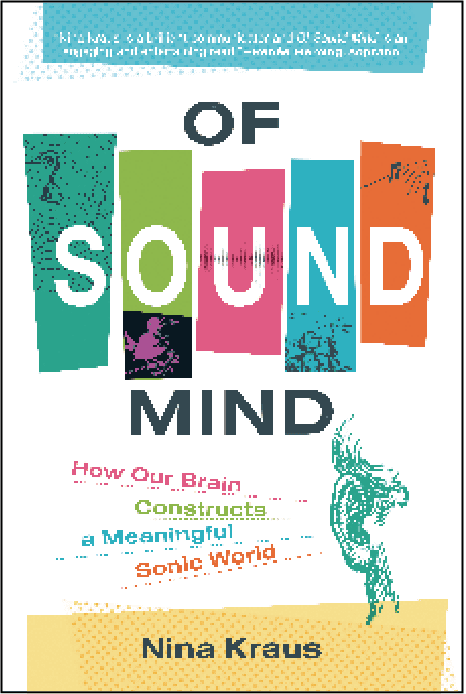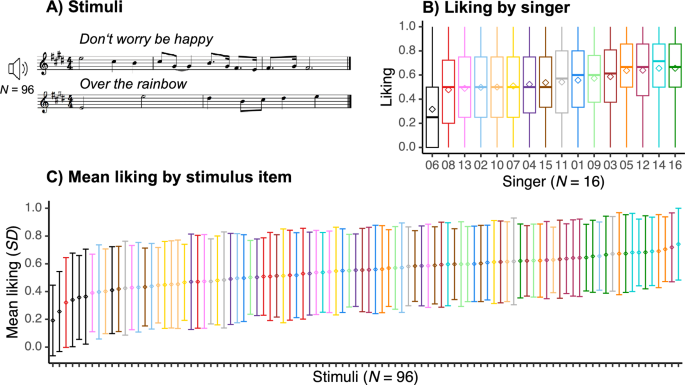It is important to understand that Psychoacoustics and Audiology are only related sciences to the only science of hearing - Neurophysiology.
Physics/acoustic is the only science that describes physical stimuli on the eardrum.Audiology is the only science that describes the sensory response to physical stimuli.
The brain processes the input signals sent from the ear's sensors and creates different forms of hearing in the brain.
Neurophysiology is the only science that describes the process of hearing.
Neuropsychology is one of the sciences that describes the responses to hearing.
Unfortunately, it is rare in research studies to have this clear differentiation between these four sciences and their various unique characteristics. This has over the decades created unclear and unfortunate confusion about how we hear.
Last edited:



